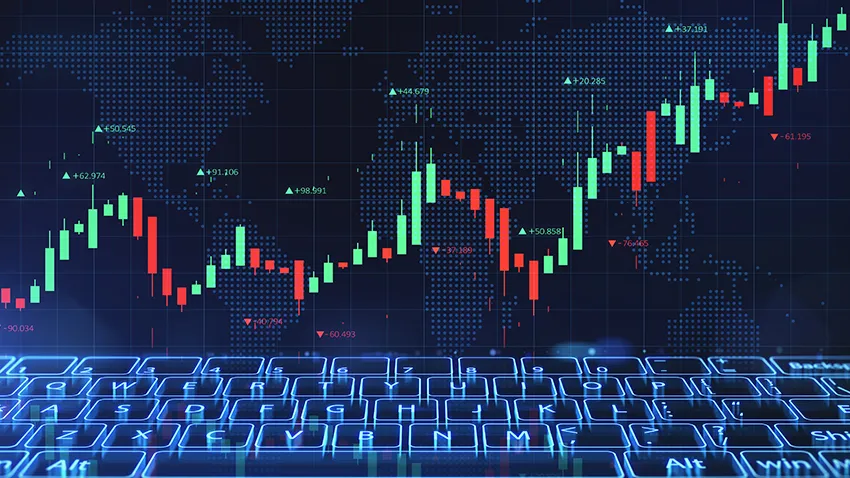
The radar signal trading system is a sophisticated approach to navigating the financial markets, offering traders a set of tools to analyse and interpret market signals. This system leverages radar-like precision to detect potential trading opportunities, providing a comprehensive strategy for those looking to make informed decisions in the dynamic world of trading. In this exploration, we’ll delve into the core components and workings of the radar signal trading system. Read on to know more.
Table of Contents
Defining Radar Signal Trading System
The radar signal trading system is a methodological approach to trading that involves using advanced technical analysis tools and indicators to identify potential entry and exit points in the financial markets. Comparable to radar technology in its precision, this system analyses market signals and price movements, helping traders make informed decisions. By incorporating various indicators and signals, the system aims to provide a comprehensive strategy for navigating the complexities of the financial markets.
Working of Radar Signal Trading System
It operates by utilising a combination of technical indicators and signals to analyse market conditions and guide trading decisions. Traders employing this system typically rely on indicators such as moving averages, relative strength index (RSI), and other trend-following tools to identify potential entry and exit points. The system continuously monitors market data and generates signals based on predefined criteria, helping traders make informed decisions. It aims to provide a comprehensive view of market trends and fluctuations, allowing traders to respond effectively to changing conditions. The system is designed to enhance precision and accuracy in trading strategies.
Improving Your Portfolio with Signal Trading System
A radar signal trade relies on automated signals set by investors, triggered by specific conditions like a stock reaching a 52-week high for a sell signal or a pattern break-out for a buy signal. These signals, based on technical formations and market volatility, enable quick decision-making. The system provides instant trading opportunities by identifying higher or lower prices, resistance and support levels, and changing volumes on volatile days. With numerous technical indicators, relying on a radar signal system simplifies the tracking process for investors.
Importance of Radar Signal System
Radar signal trading simplifies the process for traders, providing instant insights into stocks opening higher or lower. It enables users to set the number of securities breaking resistance or support levels and easily tracks volume changes during volatile trading, offering a user-friendly and straightforward system.
Important Technical Terms
- Valuation: The stock valuation is a key method to know a sense of the value of a stock. Considering a very high valuation of a stock in a particular sector which can take time to sell.
- Pattern: A pattern is a sign or technical analysis of securities which can predict the future movement of a share from its historical movement. As it acts as an important signal which will help traders make a buy or sell decision.
- Moving Average: MA typically refers to the 50-day or 200-day moving average which is a key parameter for traders. As the user adds the interval time, there will be a crossing of a particular stock above or below the DMA.
- Sentiments: A sentiment is a long-observed trend that indicates excessive positivity, a market top, and a bearish or downward trend. This signal helps investors to make investment decisions over the long term.
- Volume: A high buying volume is often an indication that a stock is about to make a new move. In an era when volatility is at an all-time high and traders are scrambling to find the right investment, Short term trading strategies can help you make money in the market. You can learn more at Share India.
Conclusion
The radar signal trading system automates trading decisions based on specific investor preferences and technical analyses. It provides real-time signals, aiding immediate trading actions, particularly in volatile markets. The system simplifies the trading process and offers valuable insights into support and resistance levels, making it a beneficial tool for efficient and strategic portfolio management.